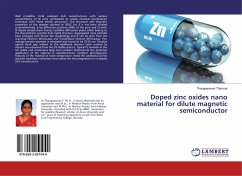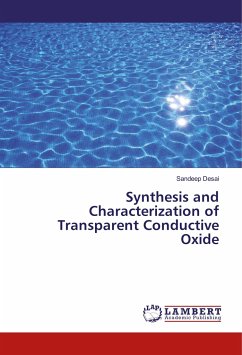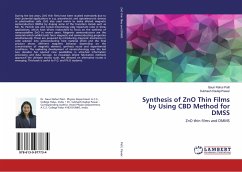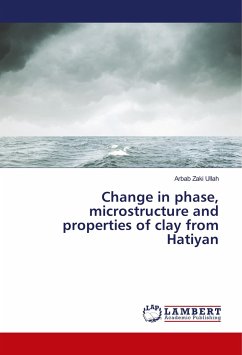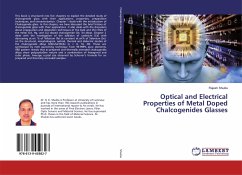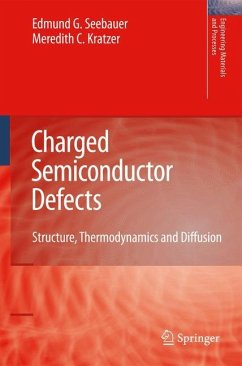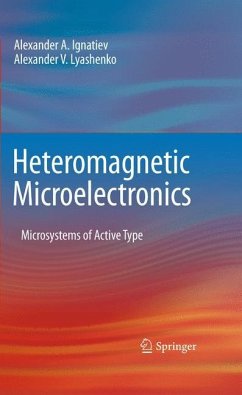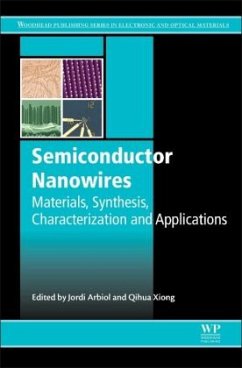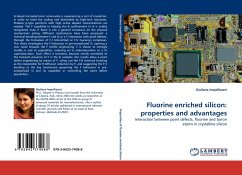
Fluorine enriched silicon: properties and advantages
Interaction between point defects, fluorine and boron atoms in crystalline silicon
Versandkostenfrei!
Versandfertig in 6-10 Tagen
32,99 €
inkl. MwSt.

PAYBACK Punkte
16 °P sammeln!
Si-based microelectronic community is experiencing a sort of revolution, in order to meet the scaling rate demanded by high-tech industries. Shallow p-type junctions with high active dopant concentrations are needed. The F capability in helping the B confinement in Si is widely recognized, even if there is not a general consensus on the physical mechanisms acting. Different mechanisms have been proposed: a chemical bonding between F and B; or a F interaction with point defects, through the formation of F-I (interstitial) or F-V (vacancy) complexes. This thesis investigates the F behaviour in p...
Si-based microelectronic community is experiencing a sort of revolution, in order to meet the scaling rate demanded by high-tech industries. Shallow p-type junctions with high active dopant concentrations are needed. The F capability in helping the B confinement in Si is widely recognized, even if there is not a general consensus on the physical mechanisms acting. Different mechanisms have been proposed: a chemical bonding between F and B; or a F interaction with point defects, through the formation of F-I (interstitial) or F-V (vacancy) complexes. This thesis investigates the F behaviour in pre-amorphized Si, opening a new route towards the F profile engineering. F is shown to strongly modify Is and Vs population, inducing an Is undersaturation or a Vs supersaturation. Such effect is transient, because strictly correlated to the transient presence of F in the Si samples. Our results allow a point defect engineering by means of F, ruling out the F-B chemical bonding as the responsible for B diffusion reduction by F, and suggesting the F-V bonding as the key mechanism governing the F behaviour in pre-amorphized Si and its capability in controlling the point defect population.



